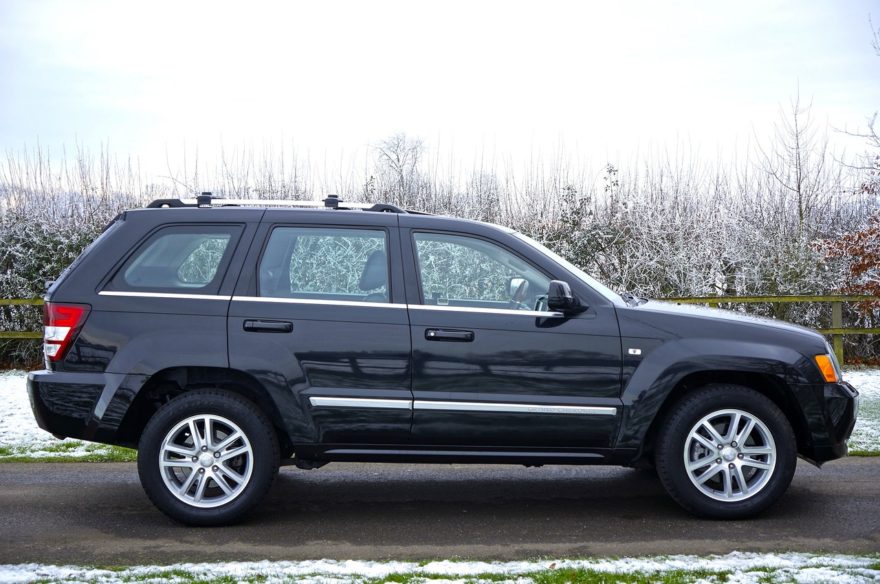In the new Tax Cuts and Jobs Act (TCJA), there are quite a few provisions which will help small business owners, whether you are an Independent Contractor (1099), a self-employed Sole Proprietor, or owner of an LLC or Corporation. One of the key provisions is the expansion of Section 179, which enables owners to expense certain items (take an immediate tax deduction) instead of depreciating those purchases over a longer number of years.
Section 179 has existed for many years, but Congress has continually changed the rules, setting caps on how much you can deduct. At the start of 2017, you could only take bonus depreciation of up to 50%. Under the TCJA, for 2018, bonus depreciation is increased to 100%, the cap increased from $520,000 to $1 million, and now you can also purchase used equipment and receive bonus depreciation.
As a business owner, Section 179 can help you deduct:
- Equipment for the business
- Office furniture and office equipment
- Computers and off the shelf software
- Business vehicles with a Gross Vehicle Weight Rating (GVWR) of over 6000 pounds
You cannot use Section 179 to deduct the costs of real estate (land, buildings, or improvements), for passenger cars or vehicles under 6000 GVWR, or for property used outside of the United States.
One of the most attractive benefits of Section 179 is the ability to deduct a vehicle for your business. Under Section 179, your first year deduction on a 6000 GVWR vehicle is limited to $25,000. You would first deduct this amount. Second, you are eligible for Bonus Depreciation, which used to be 50%, but now is 100%. That means that a business owner can effectively deduct 100% of any qualifying vehicle in 2018, even if it is a $95,000 Range Rover.
To be deductible, you must use the vehicle for business at least 51% of the time. If you also use the vehicle for personal use, you may only deduct the portion of your expenses attributable to the percentage of business miles. The way to maximize your Section 179 deduction, is to use the vehicle 100% of the time for your business. If the IRS sees you claim 100% business miles on your tax return, you had better have another vehicle for personal use. You might use your spouse’s vehicle, or perhaps keep your old vehicle, for personal miles. Don’t forget that commuting between home and the office are considered personal miles, not business miles.
The 6000 pound GVWR doesn’t mean that the vehicle literally weighs over 6000 pounds, but has a total load rating (vehicle, passengers, cargo) over this weight. If a manufacturer lists the weight of the vehicle, that is not the GVWR; the GVWR is often 1500 or more pounds higher than the vehicle weight. Make sure you are looking specifically at the official GVWR. You can generally find the GVWR printed on a sticker in the driver’s door frame to confirm.
The list of qualifying vehicles varies from year to year and from model to model, but includes most full-size trucks and SUVs. Be careful – sometimes a 4WD model is over 6000, but the 2WD version is not. On one SUV, a model with 3rd row seating was over 6000, but without the extra seats, it was under 6000. An another SUV, 2016 models were over 6000 GVWR, but the new and lighter 2017 model was not.
There are many lists on the internet of which vehicles qualify; in addition to full-size pick-up trucks and vans, most large SUVs such as a Tahoe, Suburban, Expedition, or Escalade are also above 6000 GVWR. Several mini-vans qualify (Honda Odyssey, Dodge Grand Caravan), as do some more medium size SUVs (Jeep Grand Cherokee, Toyota 4Runner, Audi Q7, BMW X5, Ford Explorer). Again, be absolutely certain your vehicle will qualify before making a purchase. One of the nice things about the new law is that now you do not need to buy a new vehicle to qualify for bonus depreciation; used vehicles are also eligible.
Please check with your tax preparer. You cannot deduct more than you earned, so don’t buy a $50,000 SUV if you only show $30,000 in net profits. Lastly, consider these caveats:
- You have a choice between taking the “standard mileage rate” of 54.5 cent/mile for 2018, or using the “actual cost” method. When you take the standard rate, that already includes depreciation. If you use Section 179 to purchase a vehicle, you are going to be locked in to using “actual costs” for the life of that vehicle. You cannot take the Section 179 deduction upfront and later switch the standard mileage rate.
- If you are using “actual costs”, you can also deduct your other operating expenses such as gasoline, oil changes, maintenance, insurance, tolls, and parking, but will need to document your costs. Keep those receipts!
- You may still be required to keep a mileage log to prove you are using the vehicle for more than 50% business miles. If business use falls below 50%, you may be required to pay back some of the depreciation. Let’s just say that would be expensive and a headache.
- If you depreciate 100% of the cost of the vehicle upfront, that will reduce your cost basis to zero. When you sell the vehicle, you may be creating a taxable gain.
Under the TCJA, these expansions to Section 179 are temporary through 2022; bonus depreciation will be phased back down from 100% to 0%. So if you want to buy an SUV or truck, you have a five-year window to take advantage of this full depreciation.
This tax deduction is especially effective if you have a banner year of high income and anticipate being in a very high tax bracket, because it will let you accelerate future depreciation on a vehicle into the current year, provided the vehicle is purchased and placed into service that year. Please remember that this section 179 deduction is available only to the self-employed and not to W-2 employees.
I feel I should point out that driving a large SUV or truck may not be the most cost effective decision. I am not suggesting everyone rush out and buy a Suburban just to get a tax deduction. But if you do need a vehicle for your business, or were thinking about buying a vehicle this year, it can certainly help to know about this tax deduction. And it might influence which vehicle you choose to buy!







